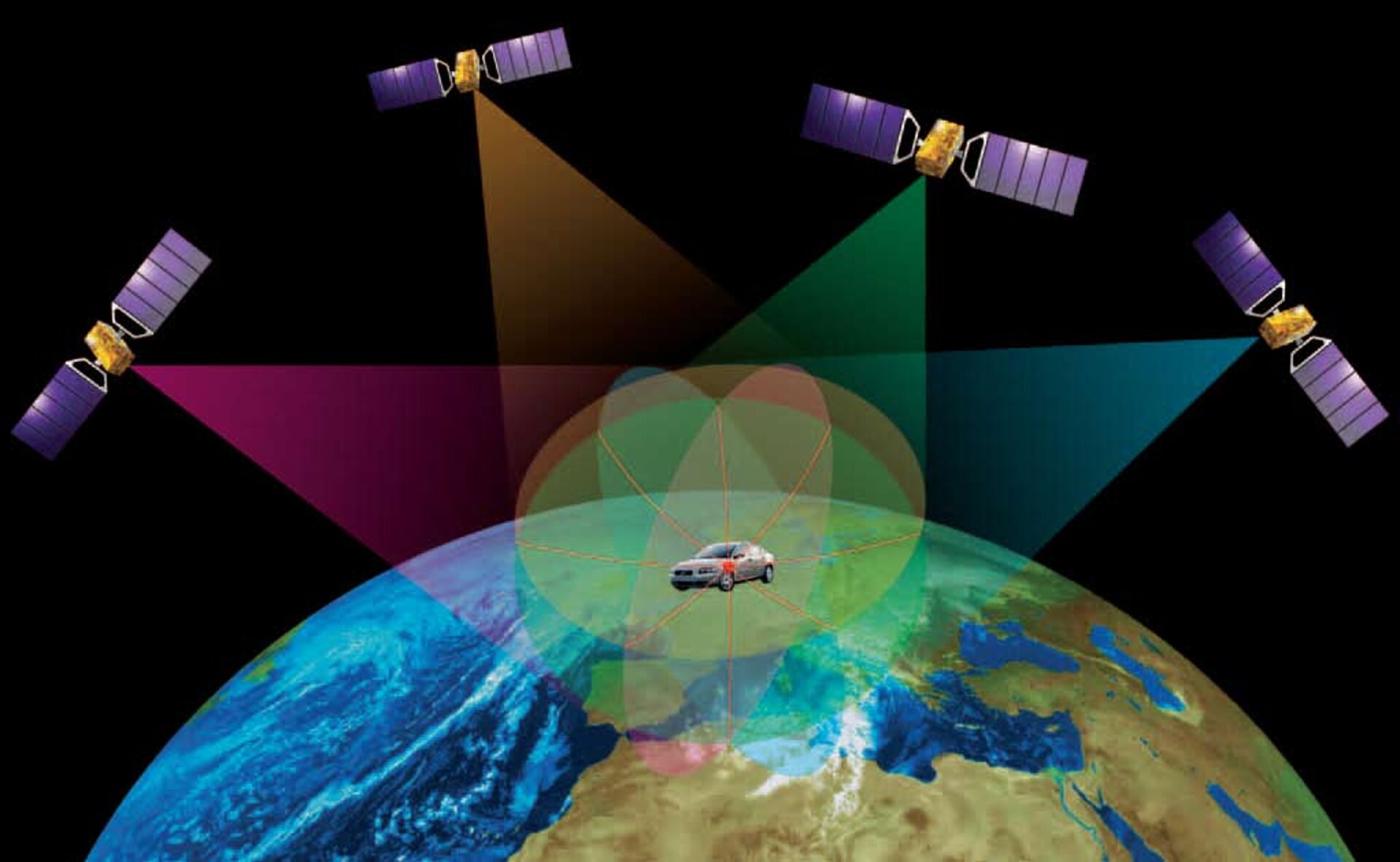New ESA tool to bring together referencing measurements
Earth Orientation Parameters (EOPs) are fundamental geodetic parameters that describe the relative orientation of the Terrestrial Reference System (a frame of reference for making measurements on or near the Earth’s surface) as it relates to the Celestial Reference System (a coordinate system with axes that are fixed with respect to space).
Their accuracy is indispensable for various applications in science. In particular, EOPs are required for time systems, precise orbit determination, for navigation on Earth and in space as well as for positioning and surveying. Dependent on the application, EOPs are required as final products (i.e. at the highest possible accuracy but with a latency of a few weeks), as rapid products (i.e. in (near) real-time with lower accuracy but with latencies between a few hours and minutes) or as predictions (with different accuracies for different prediction horizons).
The meaningful prediction of EOPs requires comprehensive theoretical knowledge concerning physical and empirical Earth rotation modelling as well as forecasts of relevant processes in the atmosphere, ocean, hydrosphere and the Earth’s interior.
ESA’s Navigation Support Office at ESOC is responsible for providing the geodetic reference for ESA missions, and contributing to the International Terrestrial Reference Frame (ITRF) and the combined Earth Orientation Parameters provided by the International Earth Rotation Service (IERS).
An activity between TDE and a consortium led by the Deutsches Geodätisches Forschungsinstitut of the Technical University of Munich (DGFI-TUM), Germany has developed a prototype for producing rapid and accurate Earth rotation parameters.
These are generated independently from external analysis centres on the basis of ESA products. At the core of the activity was a concept to optimally combine the ESA products into a single Earth Rotation Parameter product comprising of polar motion (i.e. the orientation of the Earth rotation axis with respect to the conventional terrestrial pole in x- and y-direction) and Δ1 (i.e. the difference between observed Universal Time and Coordinated Universal (atomic) Time).
The activity began with a review of existing algorithms, models and products for EOP generation followed by a thorough assessment of ESA’s up-to-date involvement in reference frame and EOP activities and recommendations to optimise ESA’s product portfolio. The developed concept was subsequently implemented in a prototype software.
Ultimately, the activity closed with a thorough demonstration of the software performance as well as with an external and internal quality assessment of the resulting parameters.
T710 - 503GN completed at the end of 2020.















 Germany
Germany
 Austria
Austria
 Belgium
Belgium
 Denmark
Denmark
 Spain
Spain
 Estonia
Estonia
 Finland
Finland
 France
France
 Greece
Greece
 Hungary
Hungary
 Ireland
Ireland
 Italy
Italy
 Luxembourg
Luxembourg
 Norway
Norway
 The Netherlands
The Netherlands
 Poland
Poland
 Portugal
Portugal
 Czechia
Czechia
 Romania
Romania
 United Kingdom
United Kingdom
 Slovenia
Slovenia
 Sweden
Sweden
 Switzerland
Switzerland

























